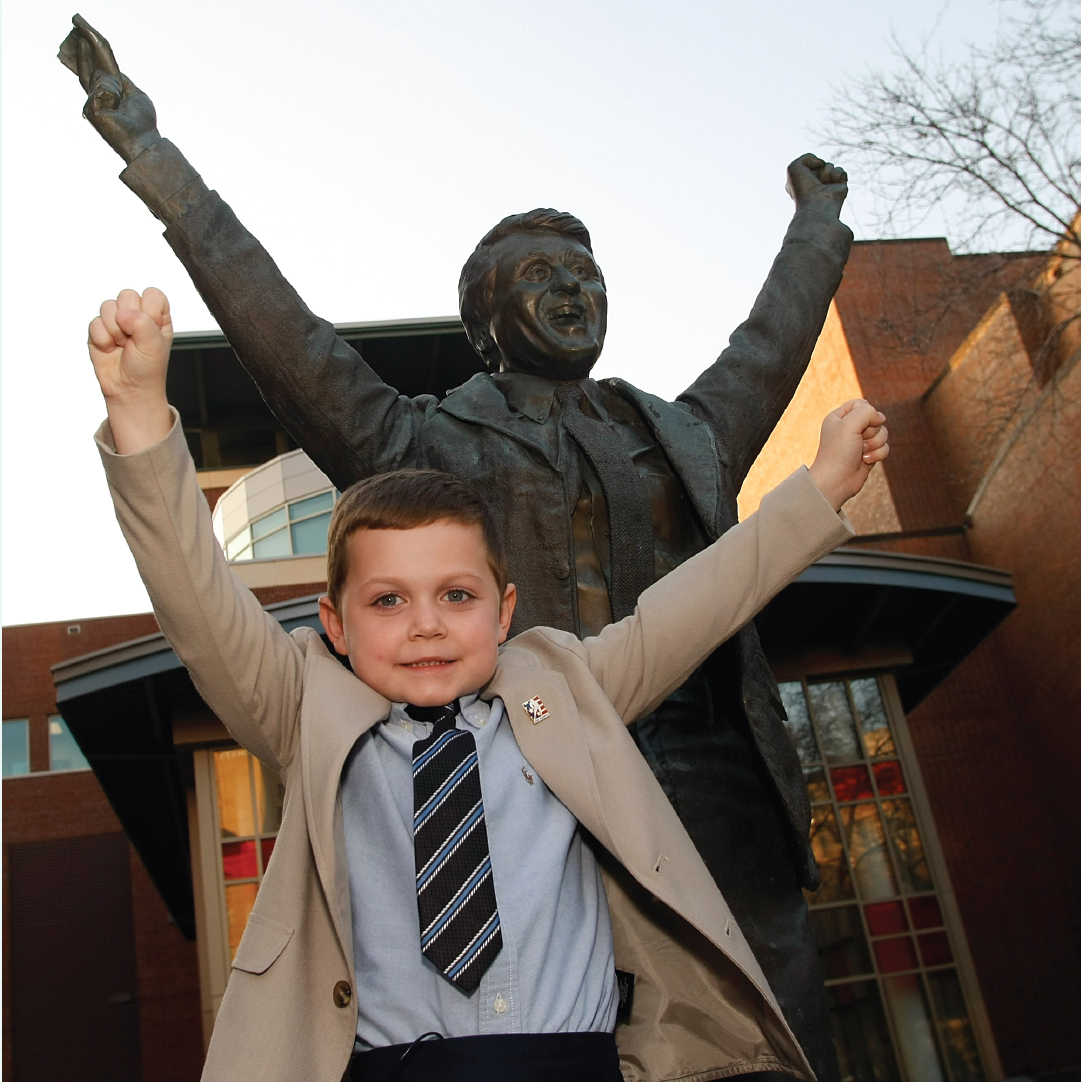Chapter 15: Delivering Your Speech
Five-year-old kids don’t usually give speeches. It’s even less likely they would speak to a professional baseball team. But Josh Sacco is no ordinary five-year-old. Standing on the field at Fenway Park before the 2010 Opening Day game of the Boston Red Sox, Josh addressed the players and a sell-out crowd of over 36,000 fans, projecting the confidence and authority of a seasoned coach:
Great moments are born from great opportunity.
And that’s what you have here tonight, boys.
That’s what you’ve earned here, tonight.
One game.
If we played ’em ten times, they might win nine.
But not this game. Not tonight.
Josh delivered a rousing message to the Red Sox that night: beat your longtime rivals, the New York Yankees.
How did Josh end up giving a speech at Fenway Park? Dedicated practice. Josh had become quite skilled at reenacting a speech delivered by Kurt Russell in the movie Miracle, which chronicles the U.S. Olympic hockey team’s historic victory over the Soviet Union in the 1980 Winter Olympic Games. In the movie, Russell plays the determined U.S. hockey coach Herb Brooks. A pivotal moment occurs when Brooks addresses the U.S. team in the locker room before their semifinal game against the Soviet Union. The U.S. team is considered the underdog and given no chance to beat the Soviets, who are enjoying a 21-game winning streak. Sensing a low morale, Brooks delivers a brief yet compelling speech convincing his team that they can win. And they do. Prevailing in a 4–3 victory, the Americans end the Soviets’ winning streak and go on to capture the gold medal.
Josh, a die-hard hockey fan, watched Miracle more than 100 times, carefully practicing Brooks’s “Great Moments” speech. Impressed by Josh’s mastery of the speech, his father, Jim, recorded Josh’s performance and posted it on YouTube for relatives to view. The video went viral, leading to national television and blog coverage, as well as an appearance on the Ellen DeGeneres Show. DeGeneres even paid for Josh to attend the 2010 Winter Olympic Games, where he gave his rendition of the speech to the U.S. Olympic hockey team before their game against Canada. Just two months later, he delivered the speech to the Red Sox—who went on to beat the Yankees in a 9–7 victory that night.

CHAPTER OUTLINE
Speech Delivery Modes
Managing Your Speech Delivery
Choosing and Using Presentation Aids
Evaluating Speeches and Managing Feedback
Although Josh memorized a speech that he did not compose himself (remember, he was only five years old!), his story highlights an essential lesson for people wanting to improve their public-speaking skills: practice pays off. The many hours Josh spent viewing and practicing the movie speech imprinted in his memory the language, gestures, and vocal rhythms that excited and inspired his listeners. Given the considerable time you put into each step of the speech preparation process—thinking about your audience and specific speech purpose, investigating or researching your topic, and carefully composing the presentation—your speech will fall flat if you don’t practice. That’s why steps 4 and 5—rehearse and revise—are important elements of your speech preparation. Only through rehearsing and revising can you get a sense of how to improve both your speech’s content and your verbal and nonverbal skills in delivering it. (See Table 15.1 for the Five Steps in Speech Preparation.) Such practice is key to engaging your audience during your speech delivery. In this chapter, you’ll learn:
- How to deliver a speech effectively
- Ways to connect with your audience
- Ideas for managing speech anxiety
- The process for selecting and using presentation aids
- How to evaluate others’ speeches and use feedback to improve your own presentation skills